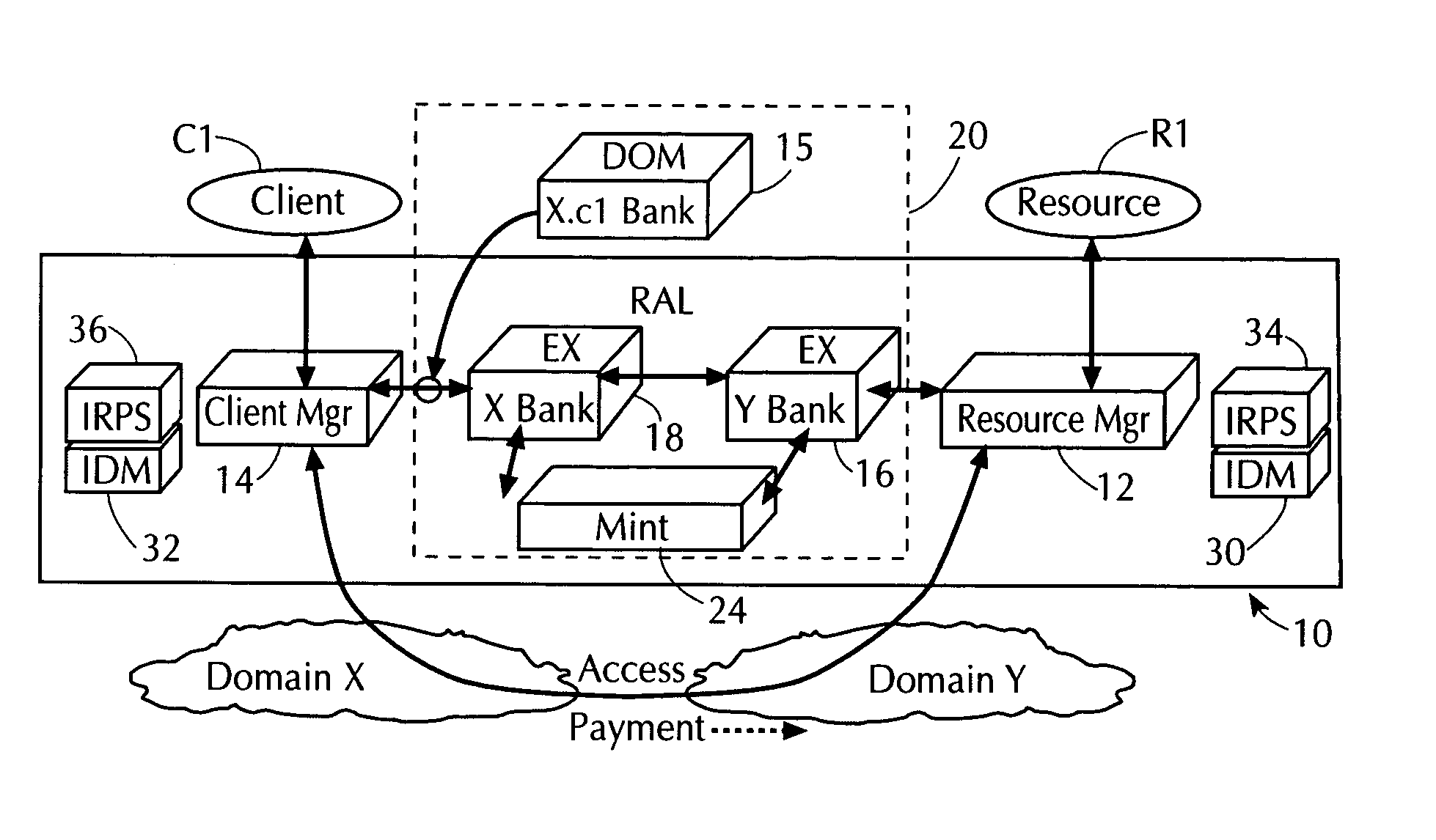Protecting networked information systems and services, such as securing e-commerce transactions over wide-area networks, remains an elusive challenge of ever-growing importance and complexity.
These systems and services are increasingly exposed to attacks, resulting in significant disruption of services and damages.
Once a
vulnerability is identified, an attacker can execute programs to detect further vulnerabilities and
exploit them to compromise and potentially damage a large number of systems.
For example, an attacker can use vulnerabilities of e-mail services or of www services to
gain unauthorized access to confidential information or to transaction capabilities, potentially resulting in significant damage to the owners of these resources.
As e-commerce deals with obtaining products and services in a direct exchange for a customer's money (typically by the customer's
credit card), attacks on such systems are highly problematic.
That is, because a customer uses his own money (e.g., in U.S. dollars) to buy a product or service (e.g., a resource) from a vendor's remote
server, the vendor has little, if any, control on who accesses their resources.
In a DoS
attack, the attacker creates a large amount of activity that saturates a resource and prevents legitimate access to the resource.
The attacker can render a service practically inaccessible to legitimate users for hours or days.
Unfortunately, attacks are very difficult to detect because detection requires
instrumentation to monitor systems and service activities, as well as to correlate this data to identify
attack patterns.
In addition, current security protection techniques are insufficient to distinguish attacks from normal activities.
As can be appreciated, several factors increase the
vulnerability of networked information systems and services to attacks.
First,
vulnerability increases with growth in scale (i.e., the number of components involved increases the range of possible vulnerabilities and dependencies), the growth in the variety of components involved (i.e., the range of vulnerabilities), and the growth in the complexity of
operations management (i.e., security issues due to specific operating configurations).
Second, rapid changes in technologies increase the vulnerability of systems and services to attackers.
Third, in the absence of a unifying security architecture, it is virtually impossible for component vendors to accomplish a coordinated protection paradigm.
Therefore, as stated, protection is often left to ad-hoc designs and configurations, leaving insecure networks for attackers to
exploit.
In the absence of a unified security architecture, domain administrators face increasing
exposure to security risks and, further, they are unable to control, bound, or even quantify this
exposure.
Domain administrators require expensive expert manual labor to monitor and correlate access anomalies in order to detect an
attack.
However, firewalls (or other security gateways) have the
disadvantage of offering only limited security.
However, ACLs become prohibitively expensive as they increase in size, since they become expensive to store, difficult to maintain, and provide relatively little assistance in isolating attack sources, once the source or sources of an attack have been identified.
These practices limit the effectiveness and applicability of such intrusion detection systems to future unpredictable attacks.
Furthermore, most intrusion detection systems are resource specific, which imposes restrictions on the correlation of events for detecting abnormal access patterns.
However, current financial institutions associated with e-commerce do not address certain
key issues.
For example, the issues of
scalability and transparency are not addressed.
A second issue not addressed is the protection of the online financial infrastructure itself from intruders (i.e., from attackers).
Furthermore, the volume of transactions created by trading both physical resources and higher level services is orders of magnitude larger than that assumed by typical e-cash protocols.
 Login to View More
Login to View More  Login to View More
Login to View More 


